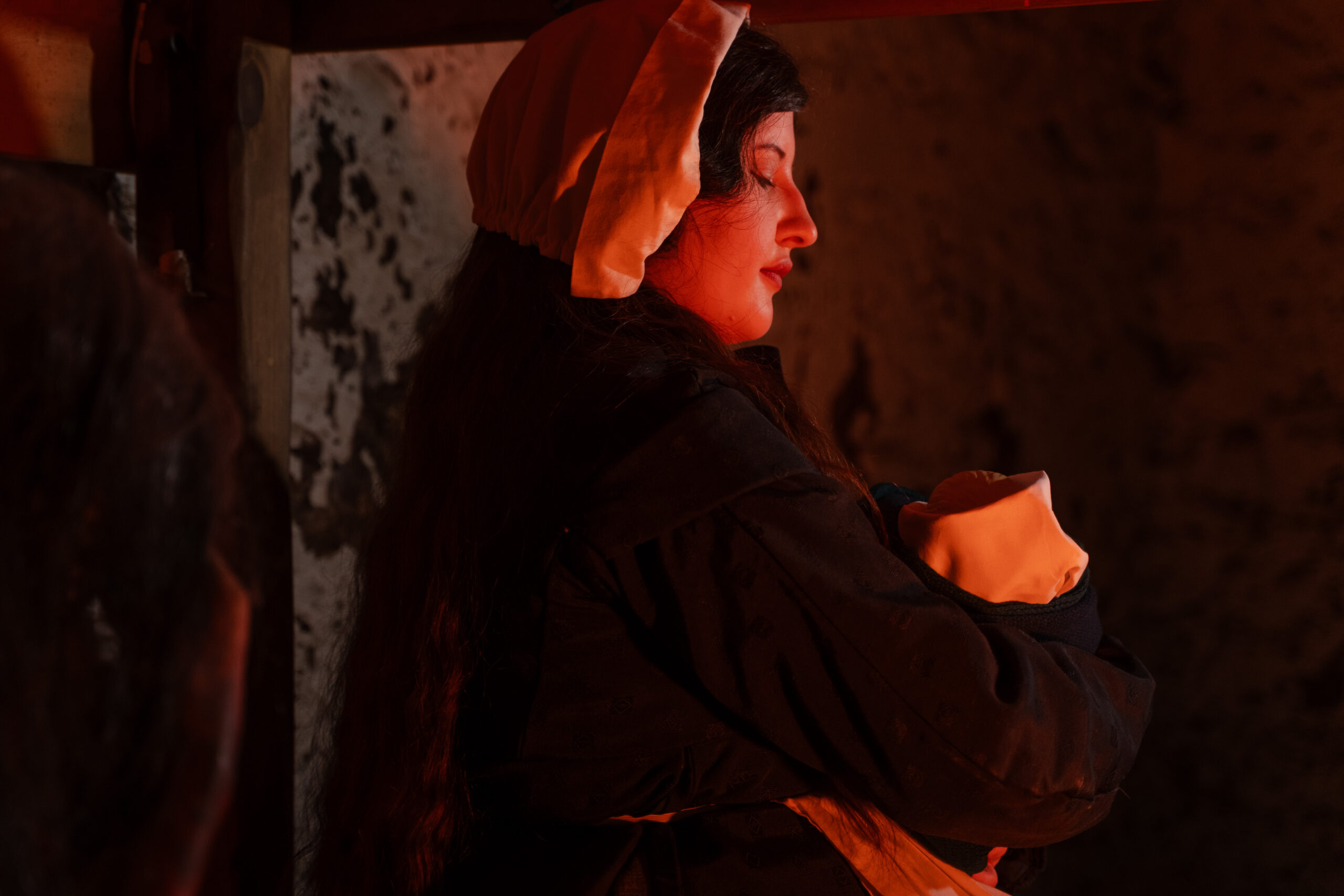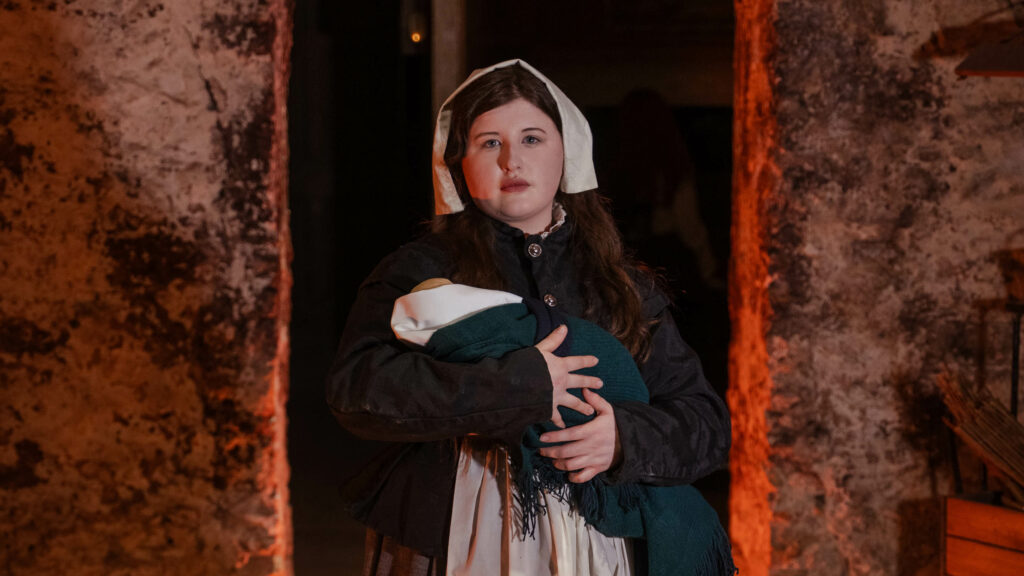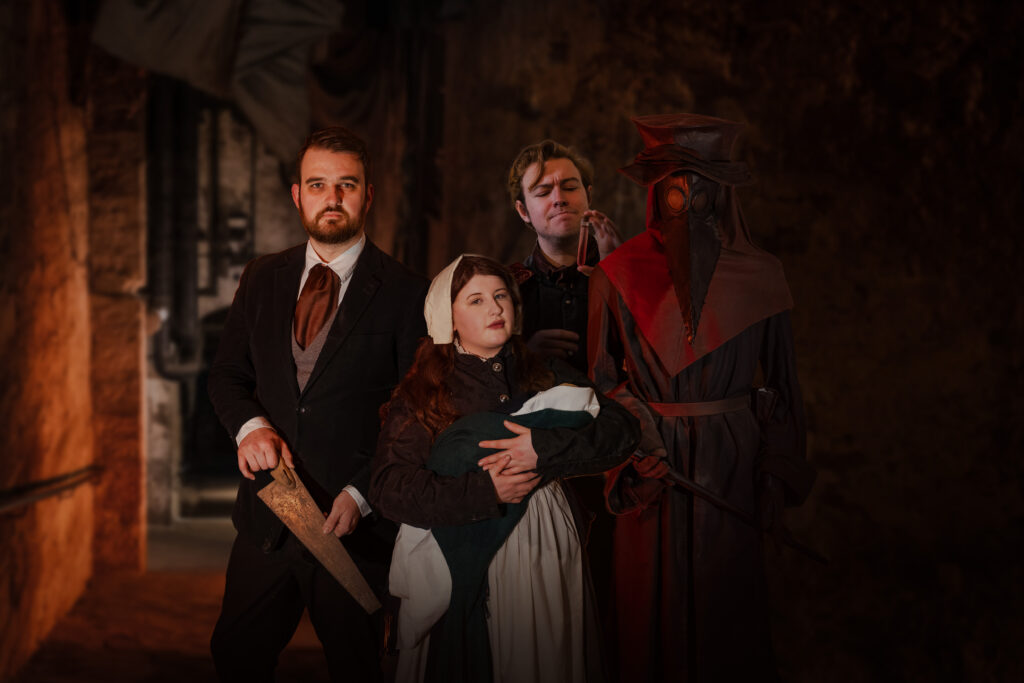The Evolution of Midwifery

Learn About Midwifery in the 17th Century
Midwifery in the 17th century was a common occupation for the women of Edinburgh. Amidst the hustle and bustle of everyday life stood figures who played pivotal roles in shaping the course of childbirth and women’s health.
Meet Ms Mills
Ms Mills resided on Kinloch Close, just a stone’s throw away from Mary King’s Close. She was a formidable and dedicated midwife whose expertise was sought after in the year 1752.
In an era where childbirth was a common occurrence, Ms Mills found herself at the heart of a bustling profession, attending to the needs of countless women as they ushered new life into the world.

Birthing in 17th-century
In 17th-century medicine, the role of women was predominantly confined to the sphere of midwifery. They were often referred to as “Howdies”. With formal medical education barred to them, these women relied on ancestral knowledge passed down to them through the generations.
Birth was a communal affair. Midwives, mothers, and sisters gathered to assist during the ‘lying-in’ period, a period of postpartum isolation. Superstitions pervaded childbirth practices, with charms and rituals believed to safeguard mother and child from malevolent forces. From eagle stones to silver rattles, these talismans sought to ward off perceived dangers lurking in the shadows.
Midwives, like Ms Mills, not only delivered babies but also served as protectors, shielding families from the ominous spectre of faeries and changelings.
Chair of Midwifery
However, it is not until the 18th century that we begin to see significant changes in the midwifery profession. In 1726, Joseph Gibson petitioned for the foundation of a new role, the Chair of Midwifery. The town council agreed that the current standard of care during childbirth was not up to par, and so the petition was successful.
Edinburgh was the first university in the world to have a chair of midwifery.
Due to this new foundation, women could begin to study midwifery. This was the only field in which women could receive a formal medical education.
Over time, as the Chair of Midwifery position evolved, we saw phenomenal change happen. For instance, male students were encouraged to attend midwifery courses, the anatomy and dimensions of the female pelvis were taught, and by 1783, we saw the first “Lying-in hospital”, a place where impoverished women could get proper maternity care.

Therefore, the story of midwifery in Edinburgh emerges as a testament to resilience and innovation. From the tenements of Mary King’s Close to the lecture halls of Edinburgh University, women and men alike worked tirelessly.
Join our Medical History Tour to learn more! Discover everything about medicinal practices in Edinburgh from the 17th century to the early 20th century.









